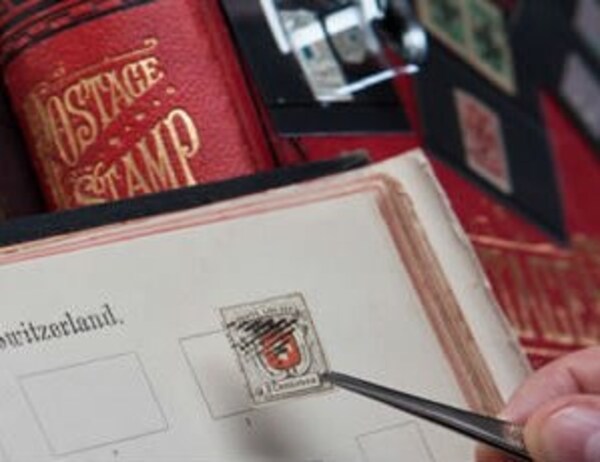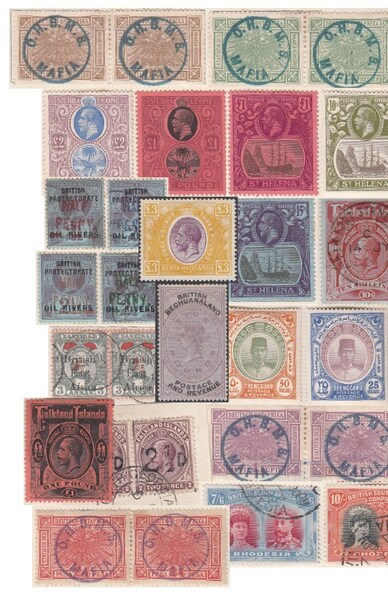The latest stamp from New Caledonia is a modest 10 franc in a series devoted to ‘Caledonian Women’. Coming from Old Caledonia myself, where the only women of note – Mary Queen of Scots, Flora Macdonald and Mary Slessor – have yet to receive the philatelic recognition that is surely their due, I was intrigued by the subject of this stamp. The caption merely gives her name as Emma Piffault – no dates or epithet to provide a clue. The motif is a statue of a young woman in a long dress.
The story behind the stamp is both intriguing and very touching. Known today as Emma the Red, she was a twelve year-old girl when she arrived with her mother in 1873 to join her father Eugene-Joseph Piffault, a bookseller who had been deported to New Caledonia for his part in the Paris Commune of 1871. In the immediate aftermath of the insurrection, those who survived the violent retribution meted out to many others were deported to the South Pacific. Thousands of them lived in unimaginable squalor in shacks and lean-to shelters in the prison camp on Nou Island.
Emma was barely sixteen when she succumbed to tuberculosis on 2 October 1877. The beautiful teenager had touched the hearts of her fellow exiles and when she died her companions commissioned the painter Felix Henry (who had been a colonel in the Commune) to sculpt a statue of her in the reddish terracotta mined at Tindu Mountain. After the prisoners were amnestied Henry settled in Sydney where he established a high reputation for his paintings of Australian fauna and flora and founded a school of art.
The statue of Emma Piffault survived long after everyone who had known her was dead and forgotten. Legends grew up around the figure, which to Noumea was like the Little Mermaid is to Copenhagen. The Red Virgin became an object of veneration but as a result was desecrated by grave robbers who were convinced that it concealed hidden treasure. After the cemetery was flattened in 1971 the remains of the statue were scattered and lost, apart from about 60 fragments which were salvaged by the Ventrillon family. Their son Edouard donated them to the Vestiges of the Past Association in the hopes that a copy could be made.
The sculptor Michel Rocton, working with the fragments and a few rare photographs of the girl, spent a year in reconstructing the life-sized statue which was recently unveiled in the Penitentiary Museum. Emma’s tender, wistful smile evokes the courage and endurance of the Commune deportees and her reborn statue has become a place of pilgrimage as well as one of New Caledonia’s leading tourist attractions.
 General
General
 General
General
 General
General